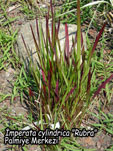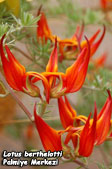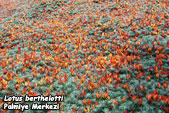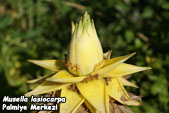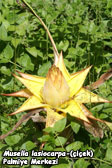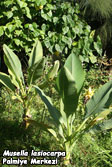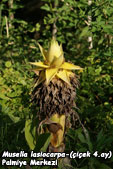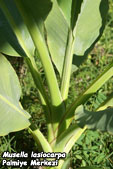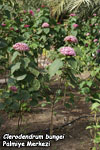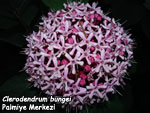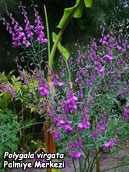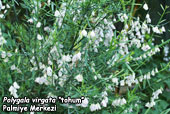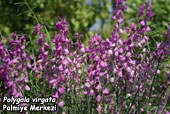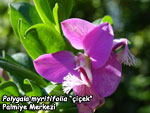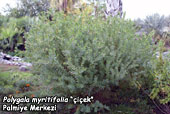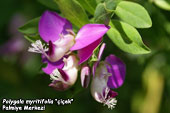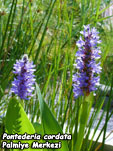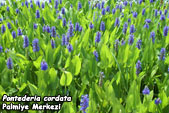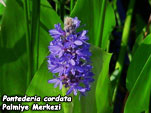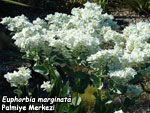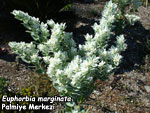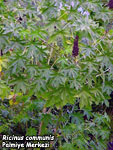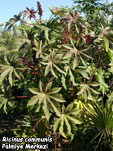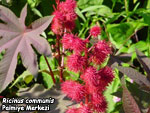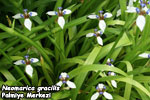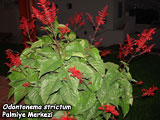 |
| |
|
|
|
If you wish this
program to be sent to your or your friends’ e-mail address,
please get a subscription (totally free of charge, and no
advertisements will be sent). I would like to get a subscription to “The Fourth Dimension in Landscape Design”>>>>>>> |
PEYZAJDA 4. BOYUT December 2011
|
|
|
Imperata genus of 6 species of perennials, found throughout from East and South Asia to Australia. They are belong to family of Poaceae. They live at areas from tempate to tropical climate. IMPERATA CYLINDRICA “RUBRA” (RED BARON), COGON GRASS OR JAPANESE BLOODGRASS Imperata cylindrica ”rubra” is a species of grass in the genus Imperata. It is also called Bloody Grass, because of the bright red color of the leaves. Japanese Bloodgrass may reach to 50 cm high and 30 cm in diameter. Need full sun to partial shade. It can withstand to -20˚C degree, they prefer soils rich of organic material. In cold areas, grass should be cut from soil level, and covered with some mulching material at winter time.
In landscaping Imperata cylindrica ”rubra” is useful in a mixed grass border. If used with green, silver or blue coloured plants a nice contrary effect obtained. In landscaping they are often planted with Carex morrowii variegata, Festuca ovina glauca, Stipa tenuissima, Setaria palmefolia, Scirpus cernuus in beds. Also can be used as a second plant row, in front of long grasses like Phormium, Penisetum, Miscanthus, Cortaderia, Cymbopogon. Japanese Bloodgrass should be planted in groups for a sharper visual effect. If it is used in containers, large circular or rectangle shaped pots are preferred. Within pots can be used in separation or to direct the public in trade centers, pastry shops or restaurants. |
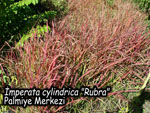 |
 |
PEYZAJDA 4. BOYUT November 2011
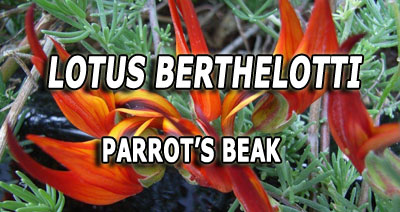 |
|
Lotus berthelotii is in the genus Lotus. Parrot's beak, a perennial plant, endemic to the Canary Islands. This plant is either extinct in the wild or persists as a few individuals. Lotus berthelotii has a creeping or trailing habit. Leaves divided into 3-5 slender leaflets, each leaflet 1-2 cm long and 1-2 mm broad, densely covered with fine silvery hairs. The flowers are orange-red with yellow splashes, pea flower-shaped, 2-4 cm long and 5-8 mm broad. Flowers all summer, peak flowering period is end of the spring, and beginning of the summer. Although Parrot's beak only grows to a height of around 20 cm, the plant trails can be 60-80 cm wide.
|
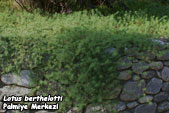 |
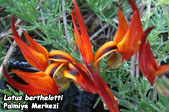 |
PEYZAJDA 4. BOYUT October 2011
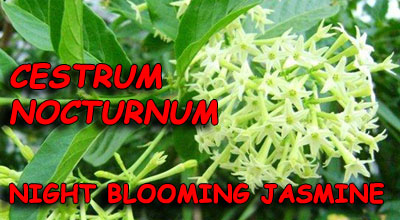 |
|
Cestrum nocturnum is a tender evergreen shrub, native to the subtropical climates of Mexico, Central America, the West Indies and Cuba. It is not a true Jasmine, but is in fact a member of the same family as tomatoes and peppers. Night-blooming Jasmine can quickly form a mound of foliage up to 2–3 meter high, and 1–2 meter across. This plant has long, slender, arching branches springing densely from the base. All parts of the plant are poisonous, and its fragrance can be overwhelming to some people, especially those with allergies. Clusters of slender, pale green-white flowers appear in late summer and autumn, strongly and sweetly perfumed at night but scentless during the day. The flowers are followed by berries that are green at first but a glossy china white when ripe in early winter. Propagation Is from seed or from herbaceus stem cuttings. Cestrum nocturnum is sensitive to frost, it only can stand -4˚C for a short period. In landscape is useful in a mixed shrub border. The fragrance is most noticeable at night, intelligence gardeners strategically place this plant where the scent can be enjoyed in the evening. |
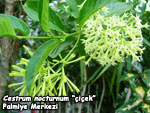 |
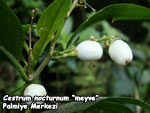 |
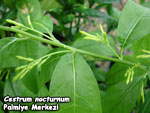 |
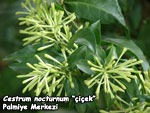 |
PEYZAJDA 4. BOYUT September 2011
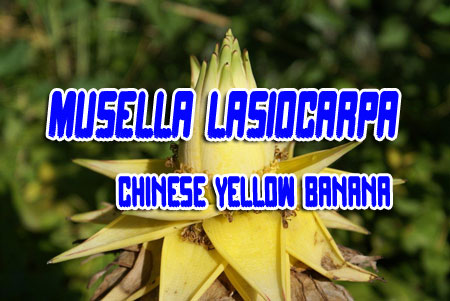 |
PEYZAJDA 4. BOYUT August 2011
 |
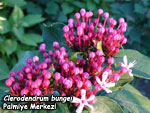 |
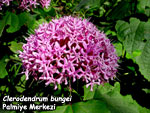 |
PEYZAJDA 4. BOYUT July 2011
 |
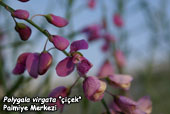 |
 |
PEYZAJDA 4. BOYUT June 2011
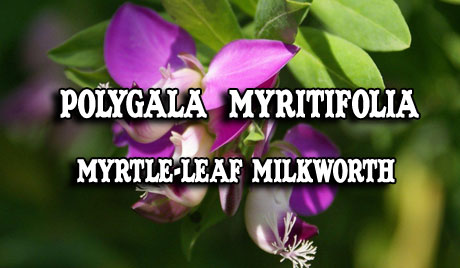 |
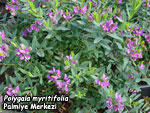 |
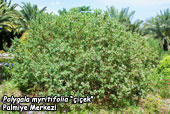 |
PEYZAJDA 4. BOYUT May 2011
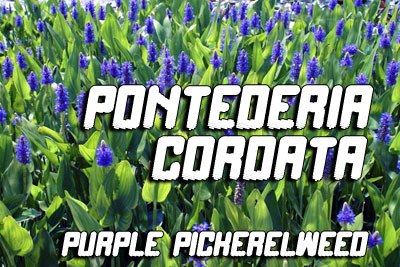 |
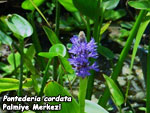 |
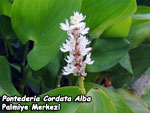 |
PEYZAJDA 4. BOYUT April 2011
 |
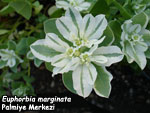 |
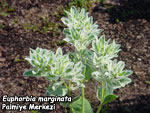 |
PEYZAJDA 4. BOYUT March 2011
 |
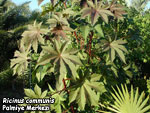 |
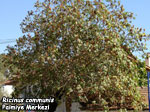 |
PEYZAJDA 4. BOYUT February 2011
 |
Neomarica is a genus of 16 species of plants in family Iridaceae, native to tropical regions of western Africa, and Central and South America. The genus name is derived from the Greek words neo, meaning "new", and Marica, “the Roman nymph”. Walking iris has evergreen foliage. The foliage is similar to that of an iris and flowers may be white, yellow or blue. After flowering, the flower spikes lean to the ground and develop plantlets at the end, allowing the plant to quickly colonize a small area.
Neomarica Gracilis - Walking Iris
Neomarica gracilis is from Mexico and Costa Rica south to Brazil. This species is sometimes called the "Walking Iris" but this name may also be used for some of the other species.
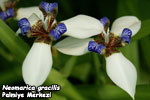 Neomarica
gracilis
is a herbaceous plant with leaves about one foot
tall. Flower spikes stand above the foliage. It has
short lived ivory flowers with reddish-brown
transverse bars on the claw. The inner segments are
smaller with reflexed tips and blue. It blooms in
late spring and early summer and appreciates shade.
After pollination, the new plantlet appears where
the flower emerged and the stalk continues to grow
longer. The weight of the growing plantlet causes
the stalk to bend toward the ground, allowing the
new plantlet to root away from its parent. This is
how it obtained the common name of "Walking Iris".
The other common name "Apostle Plant" comes
from the belief that the plant will not flower until
the individual has at least 12 leaves, the number of
apostles of Jesus.
Neomarica
gracilis
is a herbaceous plant with leaves about one foot
tall. Flower spikes stand above the foliage. It has
short lived ivory flowers with reddish-brown
transverse bars on the claw. The inner segments are
smaller with reflexed tips and blue. It blooms in
late spring and early summer and appreciates shade.
After pollination, the new plantlet appears where
the flower emerged and the stalk continues to grow
longer. The weight of the growing plantlet causes
the stalk to bend toward the ground, allowing the
new plantlet to root away from its parent. This is
how it obtained the common name of "Walking Iris".
The other common name "Apostle Plant" comes
from the belief that the plant will not flower until
the individual has at least 12 leaves, the number of
apostles of Jesus.
It has leaves with prominent veins and a stem that is forked below the apex. It is distinguished from other white flowered species, bearing its flowers on long (gracile) peduncles. The flowers emerge from what appears to be just another leaf, but is really a flower stalk structured to look like the other leaves.
They grow in shade in
subtropical areas in the wild. They come from
regions where the soils are extremely well drained (they
can also be found in a thick layer of forest debris).
Such soils are red, acid, high in iron and aluminum
and notoriously low in "normal" nutrients like
nitrogen, phosphorous, potassium, etc.
This is not a water Iris, be careful
not to overwater.
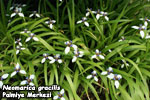 Propagation
can be done by dividing rhizomes or offsets.
Propagation
can be done by dividing rhizomes or offsets.
Neomarica gracilis
is not known in Türkiye also not commonly seen in
other countries. But it is a great pass-along plant,
a special group of plants that persist in our homes
and gardens because they are tough, easily
propagated and interesting enough to merit care.
The delicate flowers last only a day but the plant
continues to form new blooms for long periods of
time during late spring months. Makes also an
excellent houseplant.
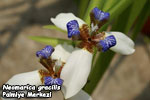 |
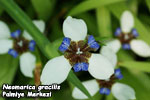 |
PEYZAJDA 4. BOYUT January 2011
|
|
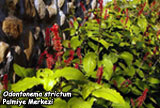 |
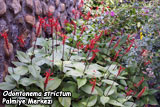 |




